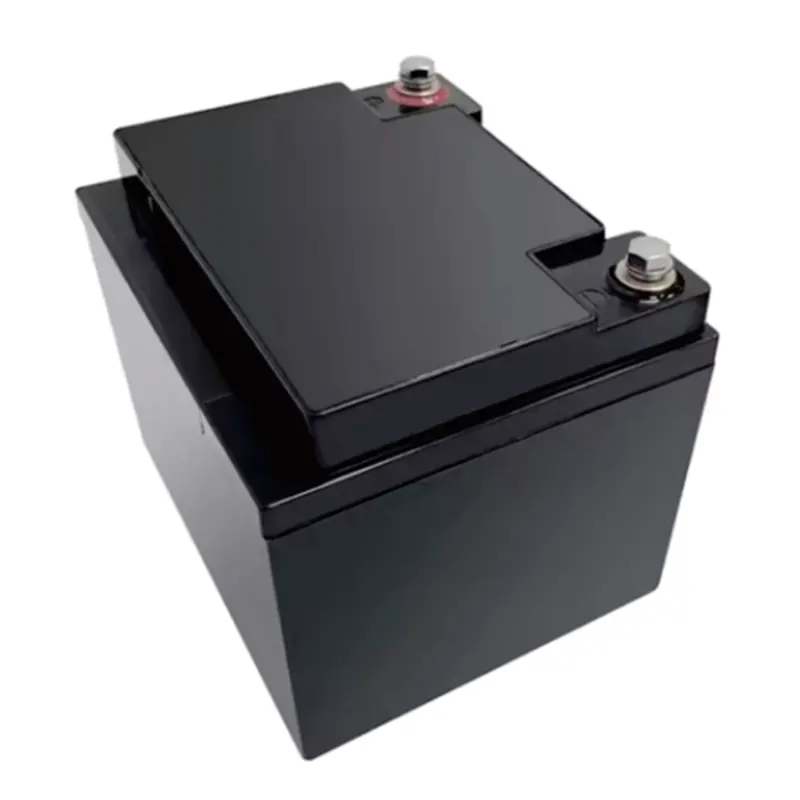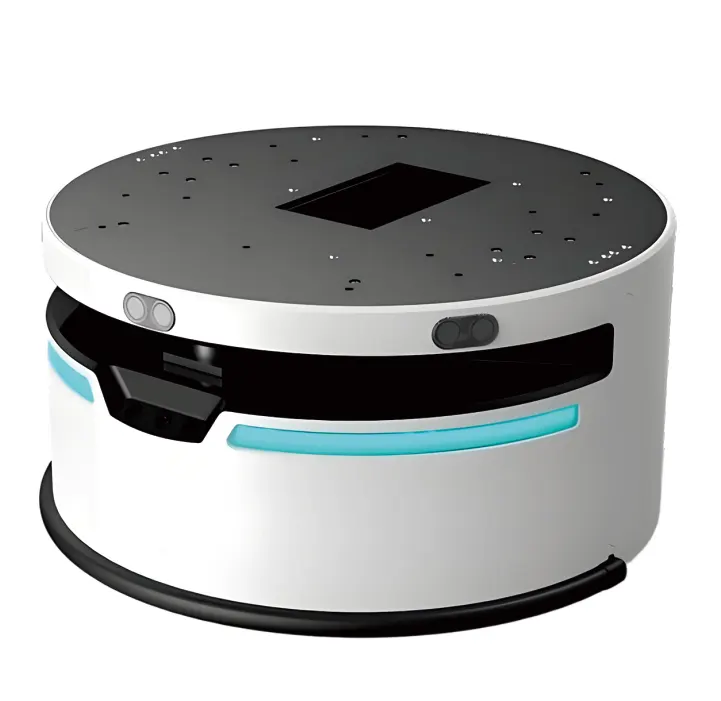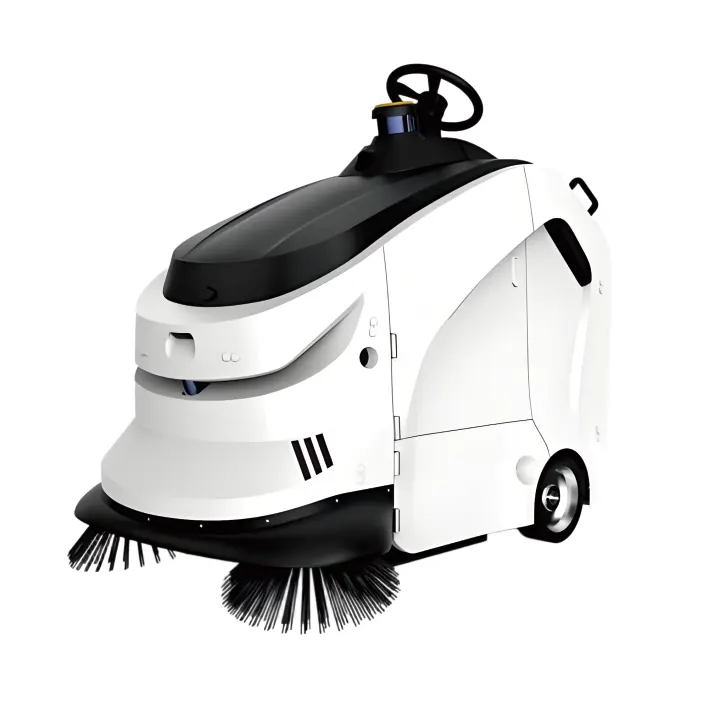Your robot vacuum is a marvel of modern convenience, tirelessly keeping your floors clean. But what happens when it starts losing its charge too quickly, can’t find its way back to the dock, or simply refuses to start? More often than not, the culprit is its most vital component: the robot vacuum battery.

Understanding this essential part is key to maintaining your device’s performance and knowing when it’s time for a robot vacuum cleaner replacement battery. This guide will walk you through everything you need to know.

Why the Battery is So Important
The battery is more than just a power source; it’s the lifeblood of your robot’s autonomy. A high-quality robot vacuum cleaner battery determines:
- Runtime: How long it can clean on a single charge.
- Suction Power: Consistent voltage delivery ensures strong suction for effective cleaning.
- Navigation: Reliable power is crucial for sensors, mapping, and the intelligence to return to its charging dock.
- Longevity: The overall lifespan of your robot vacuum is directly tied to the health of its battery.
Common Types of Robot Vacuum Batteries
Most modern robot vacuums use rechargeable lithium-ion batteries due to their high energy density, lightweight design, and slow loss of charge when not in use. You’ll typically find two main types:
- Lithium-Ion (Li-ion): Common and cost-effective, offering a good balance of performance and price.
- Lithium Iron Phosphate (LiFePO4): Known for exceptional safety, a longer cycle life (more charges and discharges), and better stability, though often at a slightly higher cost. This is a premium choice found in more robust models.
Signs You Need a Robot Vacuum Replacement Battery
How do you know it’s time for a change? Look out for these tell-tale signs:
- Shortened Runtime: Your vacuum cleans for only 15-20 minutes before needing a recharge.
- Failure to Dock: It struggles to find or return to its home base before the battery dies.
- Inconsistent Cleaning: It loses power mid-clean, leaving patches of floor untouched.
- Swelling or Physical Damage: Any bulging of the battery pack is a serious safety hazard, and you should stop using it immediately.

Choosing the Right Replacement Battery
When your original battery finally wears out, choosing a high-quality replacement is crucial. Don’t just opt for the cheapest option. A reliable robot vacuum cleaner replacement battery should:
- Match the Specs: Precisely match the voltage, capacity (Ah), and physical size of your original battery.
- Have Built-in Protection: Include a Battery Management System (BMS) to protect against over-charging, over-discharging, and short circuits.
- Be Certified: Look for relevant safety certifications like UL, CE, and UN38.3, which guarantee the battery has passed rigorous testing standards.
- Come from a Reputable Brand: Trust manufacturers who specialize in battery packs, like SATEWILL, which invests in rigorous testing and quality control to ensure safety and performance.
Maximizing Your Battery’s Lifespan
To get the most out of your robot vacuum battery, follow these simple tips:
- Use it Regularly: Lithium batteries prefer partial discharge cycles over being left completely drained for long periods.
- Keep it Cool: Avoid leaving your robot vacuum (and its dock) in direct sunlight or hot environments.
- Clean the Contacts: Occasionally wipe the metal charging contacts on both the vacuum and the dock with a dry cloth to ensure a good connection.
Conclusion
Your robot vacuum cleaner battery is the unsung hero that powers your daily convenience. By understanding its role, recognizing the signs of wear, and investing in a high-quality, certified robot vacuum cleaner replacement battery when the time comes, you can ensure your little robotic helper stays on the job for years to come. Remember, a powerful and reliable battery doesn’t just restore life to your device—it restores your peace of mind.

